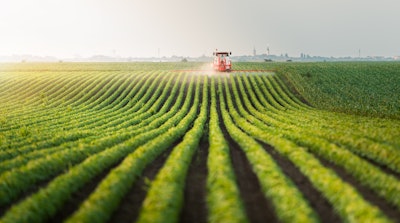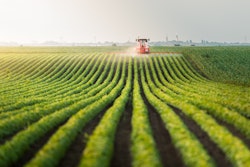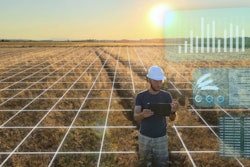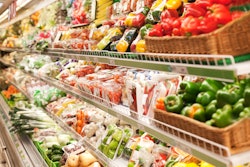
Close to 70-80Mha of additional cropland, equivalent to all of Brazil’s cropland, will be required by 2030 to sustain the world’s demand for food, feed, fuel and natural capital, according to new insight from McKinsey & Company.
“Today, 60% of the earth's habitable land is in use by humans. But the appetite for land – particularly for food and fuel is putting pressure on arable land. But unlike in previous decades, new cropland cannot come from deforestation. We need to change how we use land to meet our commitments to climate and nature and feed a growing global population,” says Amandla Ooko-Ombaka, partner at McKinsey.
Key takeaways:
- McKinsey anticipates that producing feedstock for livestock production may account for around 70% of all incremental cropland needed by 2030; crop production for human consumption around 20%; and biofuel production the remaining 10%.
- To meet, and where possible, offset additional land demand, McKinsey highlights that conversion of degraded land, stronger yield growth and efficiencies from increased trade will be required.
“The world will need both sides of the supply, demand equation to strike a balance. Adverse climate conditions, and other shocks to market dynamics could put even more pressure on supply than our conservative case assumes. Striking the balance is critical for both public and private sector players. Input providers need to know that land prices will increase by the end of the decade. Farmers’ margins will decrease, and input providers need to understand what it means for farmers. Funds investing in land need to know that some of the hotspots for food, fuel, biodiversity are the same. There could be a race for prime spots of land, so they have to decide where to go now. Similarly, governments can help create the right incentives and investment in public infrastructure to support a sustainable land use transition, for example irrigation to support restoration of degraded land,” adds Nelson Ferreira, senior partner at McKinsey.


















